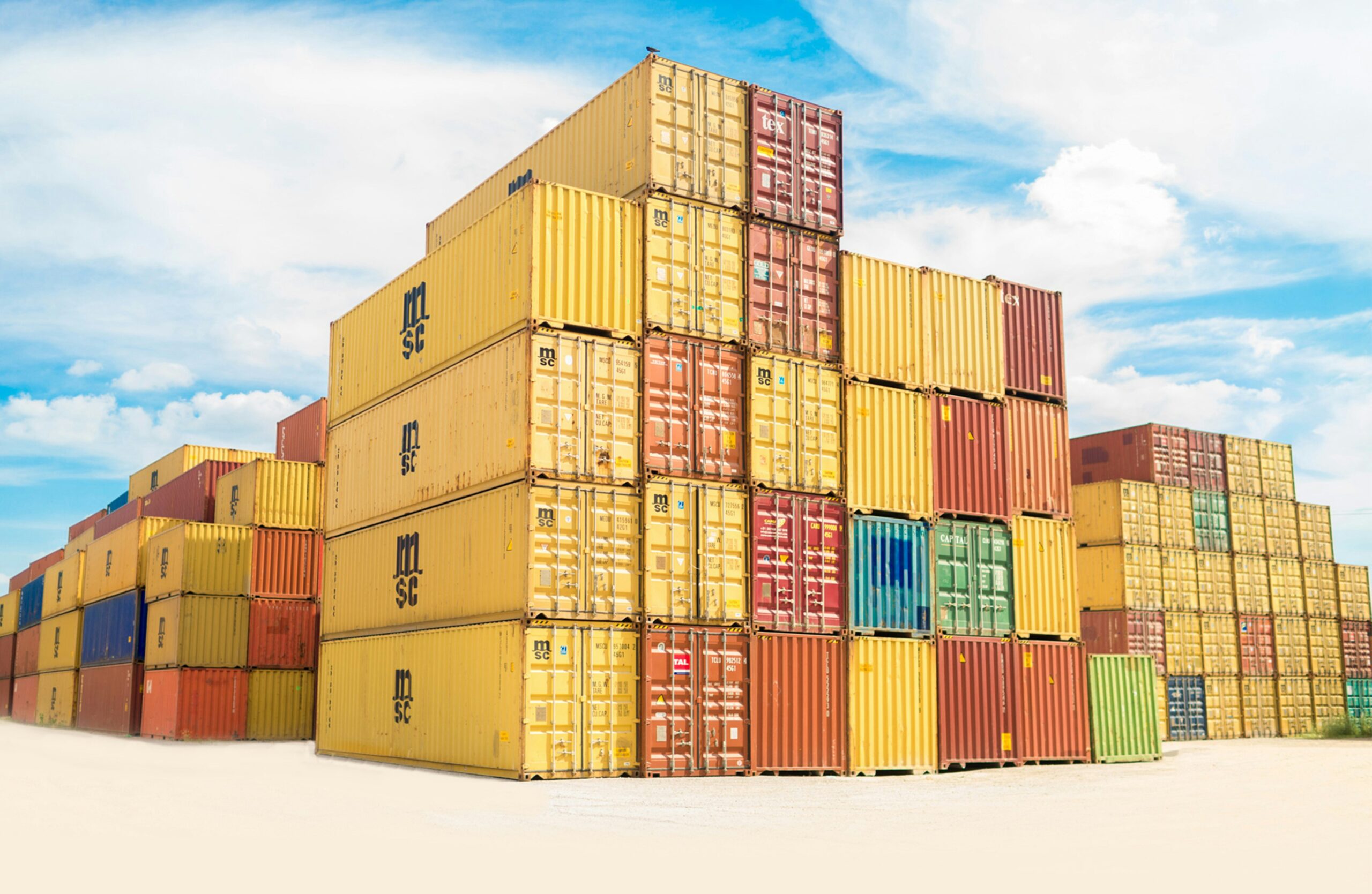As global markets reel and tariffs dominate headlines, former RNC National Committeeman Richard Porter joined Chicago’s Morning Answer with Amy Jacobson and guest host Chris Krok to cut through the noise. Porter, a seasoned political strategist and author of a recent RealClearPolitics column titled Trump’s Multi-Pronged Tariff Strategy, explained the reasoning behind Donald Trump’s bold new trade offensive—and why it may be more masterstroke than madness.
A Two-Track Tariff Strategy
Is it a negotiation tactic? A revenue scheme? Or an attempt to reshape global commerce?
According to Porter, it’s all of the above.
“I think there is a pragmatism to this,” Porter said. “Yes, it creates friction—and tariffs are a tax—but some industries, like steel and semiconductors, have strategic importance. Trump is using tariffs to protect key sectors and simultaneously push for a broader zero-tariff global trade framework.”
Porter emphasized that Trump’s approach is part of a larger plan to end decades of lopsided trade policies dating back to the post-WWII Marshall Plan, when the U.S. allowed Europe to maintain protectionist barriers while opening up its own markets.
“The playing field hasn’t been level in decades,” Porter said. “President Trump is saying: the reconstruction era is over. It’s time for true competition.”
More Than Just a Trade War
Trump’s trade strategy, Porter argues, is as much psychological as it is economic.
“This isn’t a theoretical textbook approach,” he said. “It’s a direct conversation with CEOs—especially the Fortune 1000—telling them: build in America, hire Americans, think beyond your bottom line.”
That message, Porter believes, is already having ripple effects across the global economy. While U.S. markets have taken a short-term hit, Porter suggested that investors should view this as a classic “J-curve”—a dip followed by a long-term rebound.
“Yes, it’s uncomfortable. Yes, your 401k might look worse today,” Porter said. “But we’re restructuring global trade. These relationships needed to be reset.”
Allies Coming to the Table, China Feeling the Heat
As Porter noted, Trump’s tariff strategy has already brought more than 50 countries to the negotiating table—including Vietnam, Taiwan, and now the EU.
Meanwhile, China’s market reportedly suffered its worst single-day crash since 2008, with thousands of companies hitting “limit down,” a circuit breaker threshold that halts trading to avoid total collapse.
“Trump going golfing while markets fell? That was a brilliant message,” Porter said. “He’s showing strength and calm. China respects that. Other nations do too.”
Looking Ahead: From Tariffs to Tax Cuts?
Porter said he believes Trump’s endgame includes not just fairer trade but tax reform funded by tariff revenue.
“He wants to raise hundreds of billions from tariffs,” Porter explained. “That money could offset income taxes, eliminate taxes on tips, and exempt earners under $150,000. It’s a reshuffling of the whole economic system.”
Illinois in Focus: “Closer to Red Than You Think”
The conversation turned local when Jacobson and Krok asked about the 2026 Illinois gubernatorial race. Porter—who admitted he’s considering a run—didn’t rule anything out.
“We have a real opportunity,” he said. “Illinois is not California or New York. The Democratic ceiling here is 54.5%. If we build infrastructure and invest in turnout—especially with vote-by-mail—we can flip this state.”
Porter warned that Democrats have mastered the ground game, thanks in part to Gov. J.B. Pritzker’s multimillion-dollar push for permanent vote-by-mail. Republicans, he said, need to play by the rules as they exist—not how they wish they were.
“The government in Illinois is run for the benefit of the people in the government,” Porter said bluntly. “We need normal again. And we need money—tens of millions—to build a real opposition.”
Could “Governor Porter” Be on the Horizon?
Pressed on his own ambitions, Porter was coy but open:
“I’m looking at it,” he said. “But this will take money and commitment. We need new donors—maybe even from outside Illinois—if we’re going to have a real shot.”





